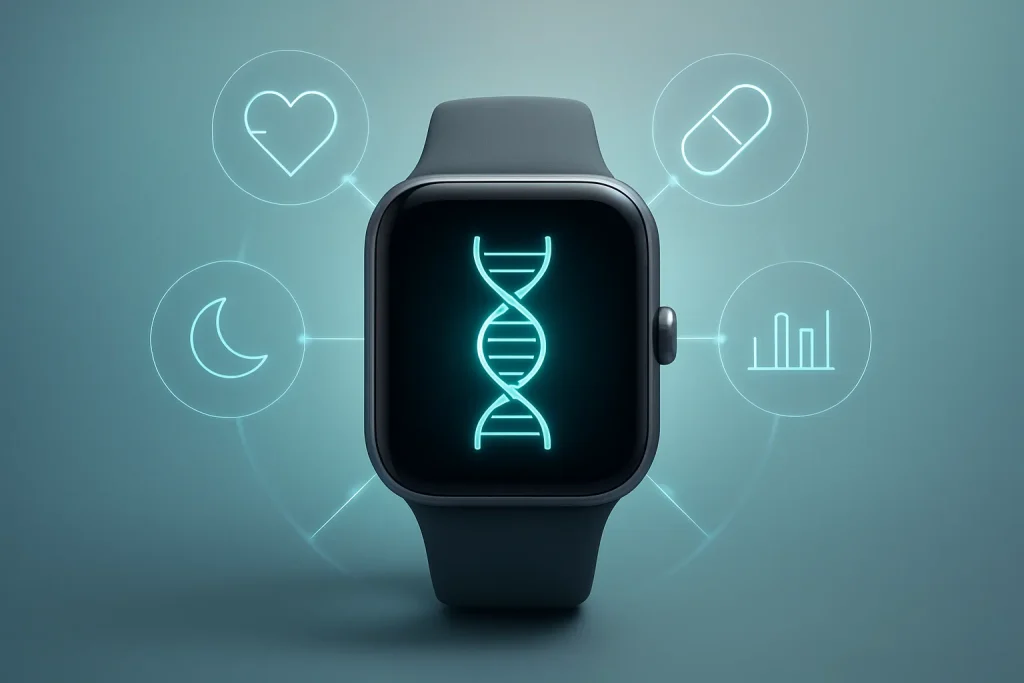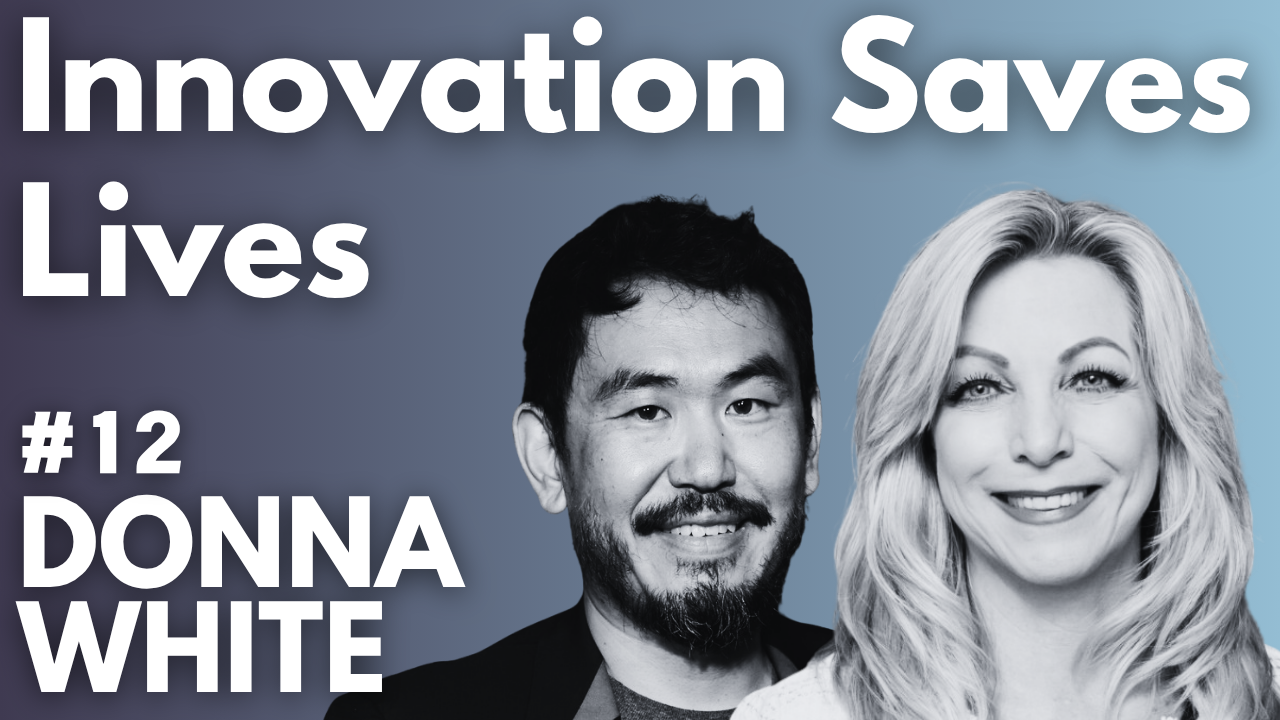Rare genetic disorders present unique challenges in healthcare, but digital innovations are changing the game. This article explores success stories across human and veterinary medicine, showcasing how technology is transforming patient care. Drawing on expert insights, we’ll examine how tools like CGMs, AI, and telemedicine are making a real difference in managing these complex conditions.
- CGM Revolutionizes Rare Tumor Management
- Digital Tools Empower Patients with Rare Disorders
- AI-Driven Alerts Enable Proactive Cancer Treatment
- Telemedicine Enhances Care for Rare Canine Condition
CGM Revolutionizes Rare Tumor Management
As a medical doctor, I was fortunate enough to take care of a patient suffering from an insulinoma, a rare neuroendocrine tumor causing low blood sugar attacks with unpredictable recurrence. Most conventional monitoring methods could not capture such events, especially those that occurred overnight, during fasting periods, or refractory hypoglycemia, as hypoglycemia was not always associated with symptoms.
The case was completely transformed by employing a continuous glucose monitoring method connected with a smartphone application. This allowed us to gain real-time insight into glucose trends in the patient so that hypoglycemia episodes were swiftly responded to by both the care team and the patient. The data was also utilized to appropriately schedule the diagnostic testing and optimize the pre- and post-operative care plan.
What was my most significant learning? Digital health tools, such as CGMs, are not limited to diabetes care; they can be revolutionary for rare diseases. They can also increase diagnostic accuracy, safety, and a level of individualized care that is otherwise impossible.
 Saad Karim
Saad Karim
Doctor, Invigor Medical
Digital Tools Empower Patients with Rare Disorders
A few years ago, an elderly patient of ours, who is a retired schoolteacher in her late 70s, was diagnosed with a rare mitochondrial disorder called Leigh’s disease. This condition caused problems with her energy levels and cognitive function. She felt frustrated with traditional care, which involved long waits between specialist visits and limited understanding of how to manage her symptoms on a daily basis.
We implemented a digital care plan that included remote monitoring and personalized nutritional and physical therapy. Her tablet was equipped with voice-directed therapy sessions and reminders, and her vital signs were automatically transmitted in real-time to our team. This real-time feedback loop allowed us to adapt her support on a weekly basis rather than quarterly.
What made the biggest impression on me, and was my greatest “a-ha” moment, was that digital tools didn’t simply lead to improvements in her clinical outcomes; they RESTORED a sense of control to her. She began journaling her symptoms daily using a voice-to-text app, which not only provided us with a wealth of data but also had the effect of making her an active participant in her care.
The key takeaway for me is that technology is only as effective as its ability to make patients feel seen, heard, and safe, especially for patients who have spent a lifetime feeling overlooked by a flawed healthcare system.
 Jeremy Gurewitz
Jeremy Gurewitz
Co-Founder & CEO, Solace Health
AI-Driven Alerts Enable Proactive Cancer Treatment
In one case, we used digital health tools to monitor and manage a patient with a rare genetic cancer predisposition syndrome. By integrating genomic data with remote biomarker tracking and AI-driven alerts, we were able to detect subtle metabolic shifts that signaled tumor activity well before symptoms appeared. This early intervention allowed us to adjust treatment proactively and significantly improve the patient’s outcome. The biggest lesson was how powerful digital health can be when it bridges precision data with real-time clinical decision-making. It turned a complex, high-risk case into a manageable, responsive care pathway.
 Dr. Francisco Contreras
Dr. Francisco Contreras
MD, Director, Oasis Of Hope Hospital
Telemedicine Enhances Care for Rare Canine Condition
I once worked with a family whose dog was diagnosed with a rare genetic condition that caused unpredictable muscle weakness and collapse during physical activity. Because the disorder was unfamiliar to the client and difficult to track through in-person visits alone, we turned to digital health tools to better manage the case.
We started by using a digital genetic testing platform that confirmed the diagnosis, eliminating the need for a lengthy and expensive process of elimination. From there, we relied on telemedicine to consult with specialists and used video recordings submitted by the owner to monitor the dog’s episodes remotely. This allowed us to adjust the care plan in real time, without the stress or delay of frequent clinic visits.
The biggest takeaway from this experience was how digital health can close the gap between complex medical needs and timely, accessible care. It allowed us to educate the client, collaborate across veterinary teams, and respond faster, all of which led to better outcomes for the pet. It reinforced the idea that when used thoughtfully, digital tools can enhance both the accuracy and the efficiency of care, even in challenging or uncommon cases.
 Kimberly Mordasky
Kimberly Mordasky
Owner, Veterinarian, Hebron Veterinary Hospital













